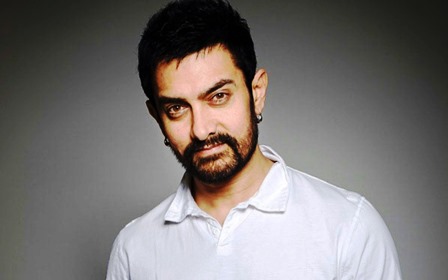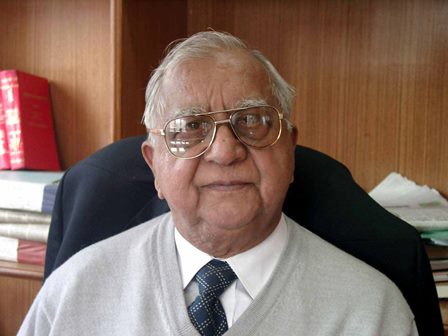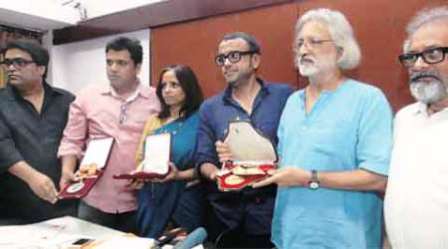Humra Quraishi reviews a valuable new book released on Gandhi’s martyrdom day, which is relevant especially in today’s turbulent times.
 I sit writing this piece clutching a book that was released on January 30. I’m not able to let go of it, and I’m feeling a bit possessive about it. Why? Because it’s an important volume in the turbulent times we are living in.
I sit writing this piece clutching a book that was released on January 30. I’m not able to let go of it, and I’m feeling a bit possessive about it. Why? Because it’s an important volume in the turbulent times we are living in.
The book is titled Faith And Freedom: Gandhi in History (Niyogi Books) by well-known historian Professor Mushirul Hasan focusses on those aspects of Mahatma Gandhi’s life, those aspects that are crucial to us Indians. How did he move millions with such seemingly little effort? Why did he succeed in most cases, but not when it came to engaging with Muslim nationalism? Is it not ironic that the messenger of non violence lived through Partition, one of the subcontinent’s most violent events?
Apart from these vital questions, Professor Hasan has also focussed on Gandhi’s reading and interpretation of Islam, his relationship with the Muslim community and his strategy of dealing with them. I’m just going to quote a few observations from the 550-page volume: ‘Gandhi considered all religions equally good, for they teach the very same truth, and point to the very same goal and spiritual regeneration of man. The method of worship was important to him, but the spiritual force of a religion counted more and its power to uplift the soul and to transform man. “Our temple is in our ashram,” Gandhi quoted Kabir, “nay, it is in our hearts…” Also, “It was a denial of God to revile one religion, to break the heads of innocent men, and to desecrate temples or mosques…”
Also these lines, ‘Gandhi portrayed Islam as a religion of peace in the same sense as Christianity, Buddhism and Hinduism…whenever he came across coarse intolerance or religious bigotry, he reacted sharply rather than remaining a detached onlooker.’
Hasan relays the bond between Gandhi and Ghaffar Khan: ‘On 4 December, Ghaffar Khan returned to Wardha with his twelve-year-old son and fourteen-year-old daughter. Often, he read the Quran in the evening prayer and joined in reading Tulsidas’ Ramayana. He loved the tune and listened intently. “The music of the bhajan fills up the soul,” he once proclaimed. He served the sick, and, what is more, helped Gandhi wash his feet. Once Badshah Khan came along with his two sons. At the midday meal , one of them asked, “Isn’t it your birthday today?”
“Yes, it is. Why?”
“Well, you see, I thought…there might be something special to eat – cake and chicken pilau perhaps. But there is simply plain boiled pumpkin, just as usual!” Gandhi chuckled and made the children laugh. Afterwards he took Frontier Gandhi aside and suggested that, “We ought to get something they would really enjoy, some meat or something.”
“No, no, they were only joking; we always eat gladly whatever our host provides.” The children agreed. This was an affectionate parental-like tie; a young boy or girl turning to him for advice and Bapu, in turn, showering his affection and blessing!”
After I finished reading this book, I have been thinking: Why are such books not introduced at the school or college levels? I sure that such readings will help people bond. Credit must go to the author for putting together a gamut of voices, opinions and facts, and quoting extensively from Indian and non-Indian academics, scholars and poets, combined with his own historical inputs. What I found extremely refreshing is that he has relied very little on today’s politicians for inputs to this volume, instead focussing only on the absolutely serious and authentic.
To you readers, I can only suggest that you should start this new year reading books of this kind so that the coming months could usher in some cheer and the hope that you and I are no longer used by today’s politicians to further the divides between us. Gandhi would agree.
Humra Quraishi is a senior political journalist. She is the author of Kashmir: The Untold Story and co-author of Simply Khushwant.
(Picture courtesy finewallpaperss.com)




